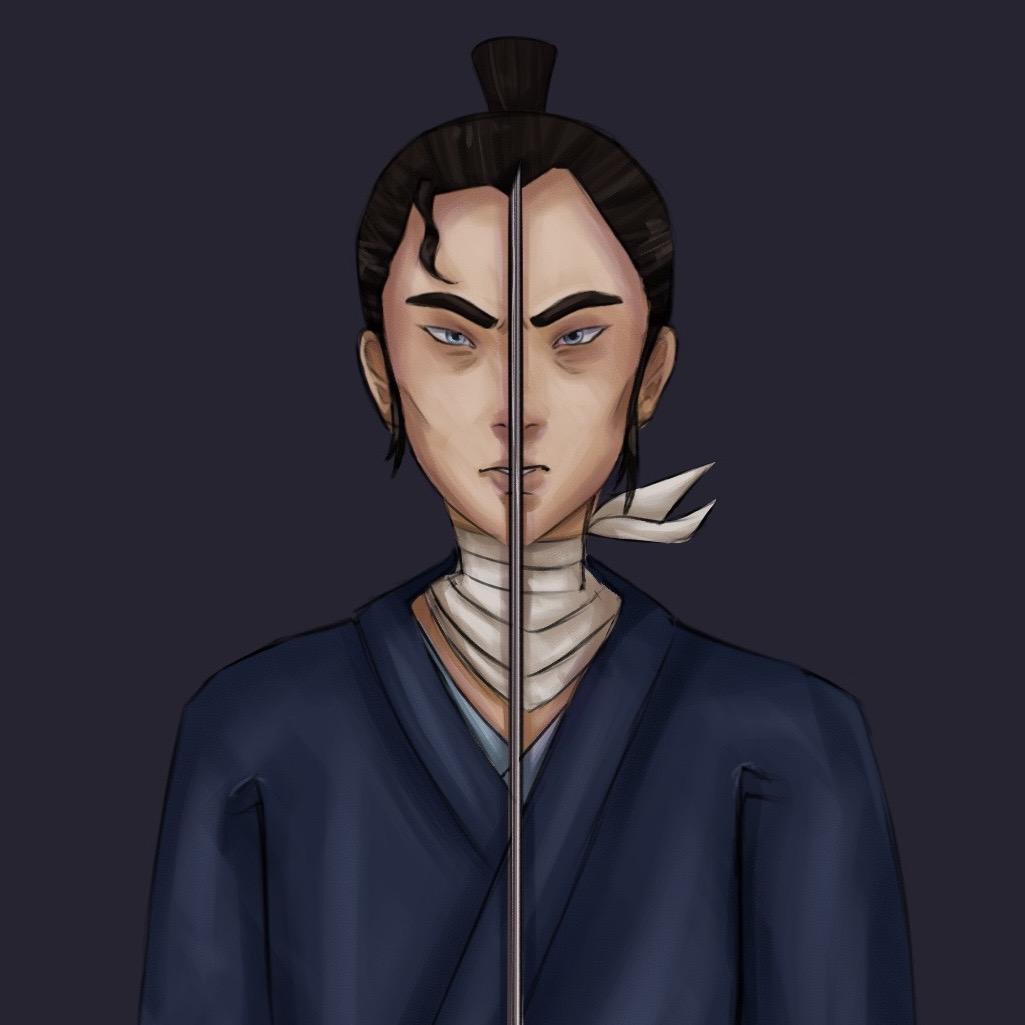
Transparency Item: The Perspectives section of the Graphic is comprised of articles based on opinion. This is the opinion and perspective of the writer.
Spoilers for “Blue Eye Samurai” are mentioned in this article.
Strong female representation in cinema is a welcome subject. However, a problematic paradox that resides within the film industry causes many heroines to fall short and leaves audiences disappointed.
The paradox of a strong female protagonist implies “that for a female character to be strong is to be more masculine,” according to Vague Tomes.
Marvel characters, such as Black Widow, are especially susceptible to this paradox. They are “not like other girls” and are praised for shedding their femininity.
The issue with this message is the character appears to be the image of female empowerment while actually upholding male superiority. Feminine aspects from sensitivity and empathy to clothing and style preferences are then associated with fragility and weakness.
Thankfully, “Blue Eye Samurai,” recently released in November on Netflix, does not fall into this trap. The show provides a diverse perspective on its female protagonist who successfully displays the true caliber of the strong heroine.
The animated series is set in 17th-century Japan during a time when the country closed its borders to the outside world. The audience follows the story of Mizu, a half-Japanese, half-white woman, who seeks revenge against the four European men who illegally entered Japan, one of whom was her father.
Mizu stifles her gender identity by dressing as a man, but unlike other heroines who dismiss their femininity to appear strong, Mizu does so out of necessity.
During the Edo period, mixed-race people were looked down upon and viewed as inferior and demonic. Women also had very few freedoms, their lives largely dictated by men. Hiding her identity served to open a path to accomplish her quest for revenge.
Episode five, “The Tale of the Ronin and the Bride,” is infamous for the crux of Mizu’s heartbreaking backstory, highlighting the culmination of her identity.
Mizu tries to settle down as a wife, and, for the first time, she enjoys a period of peace. However, when she reveals the samurai side of herself, her husband and mother betray her by turning her in for a bounty.
Society could not accept the “conflicting” aspects of Mizu’s identity. Suddenly, Mizu’s determination to bury her femininity makes a lot more sense.
Even so, “Blue Eye Samurai” does not equate Mizu’s femininity with weakness. Rather, her gender is simply another aspect of her very nuanced character. Yes, she is a swordsman. And yes, she is also a woman.
Her time as a wife allowed her feminine side to emerge, but the other facets of her identity were not diminished. Mizu’s core qualities, including her determination, persistence and courage, are evident throughout every phase of her life, allowing the audience to forge an intimate connection with a genuinely written character.
Another problematic archetype for female protagonists is the Mary Sue character. Mary Sue is a critical term for a character who is “talented at everything and has no meaningful flaws but may have a tragic backstory,” according to Studio Binder.
Mizu has undeniably suffered much throughout her entire life. From being an outcast and heavily bullied since birth to experiencing the betrayal of her loved ones, Mizu’s tragic tale seems unending.
But each hardship serves its purpose toward Mizu’s internal development as well as her growth as a swordsman.
Mizu’s skill and wit shine in every fight she encounters. And while her talent is stunning, we also see that she is not infallible. She gets injured frequently and pushes herself to the limit to secure victory in battle.
Witnessing Mizu’s grit despite the immense pain is what makes her character so authentic and fulfilling. It’s rewarding to see a female character fight for their talent and achievements.
I believe female empowerment has no relatable engagement to the audience if they are given everything without much struggle.
By stepping beyond the boundaries of cinematic archetypes, “Blue Eye Samurai” creates a refreshingly unique and flawed heroine that will set an example for future shows to come.
_________________
Follow the Graphic on X: @PeppGraphic
Contact Faith Oh via email: faith.oh@pepperdine.edu or by instagram: @oh_faiffful

